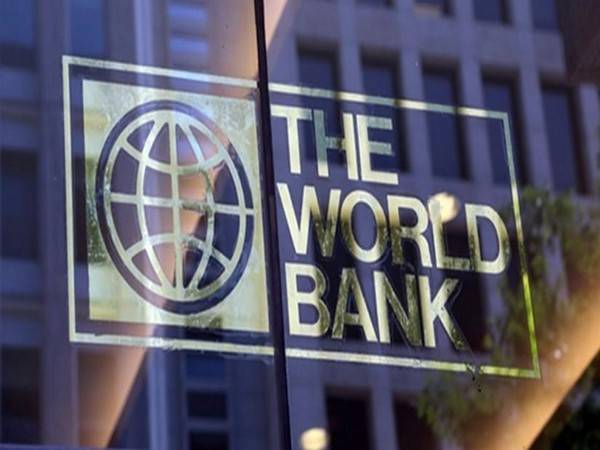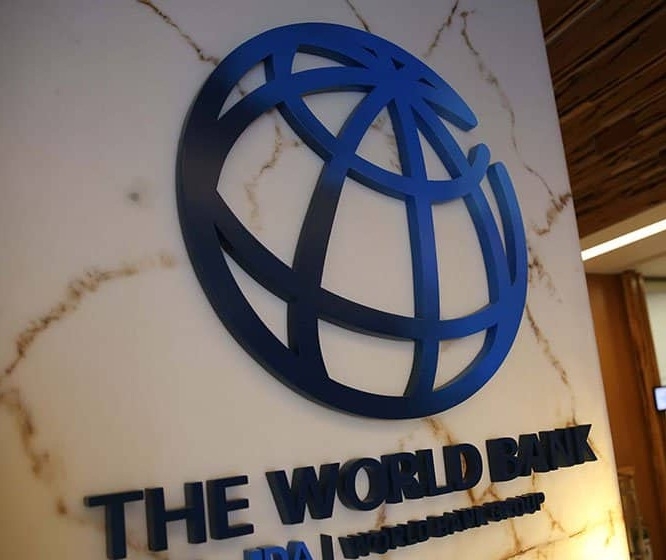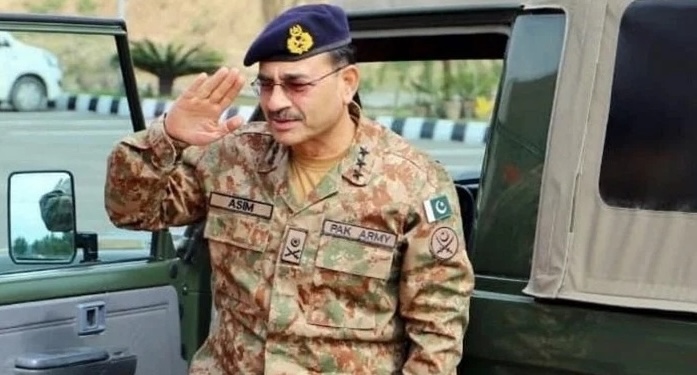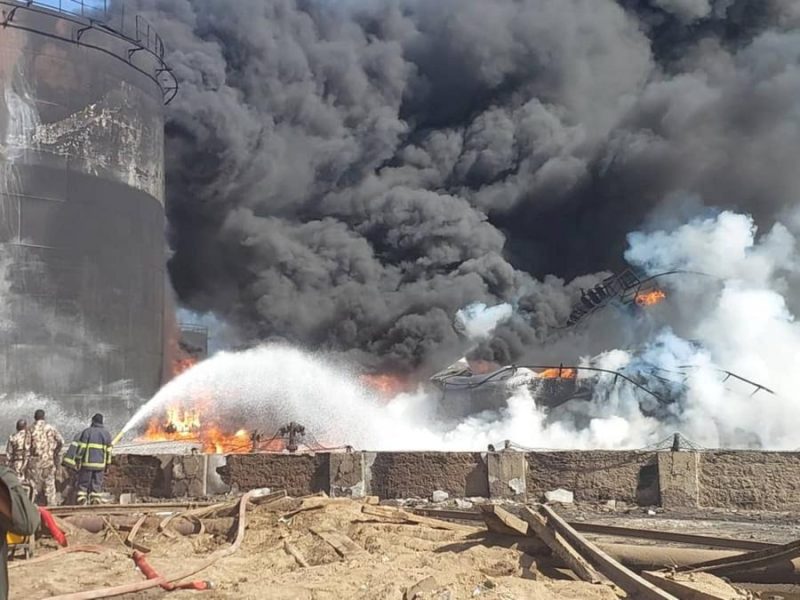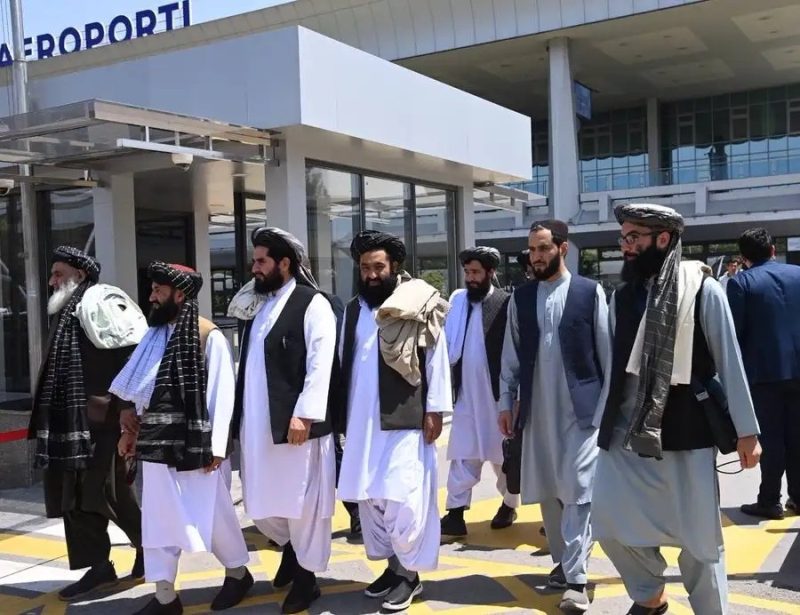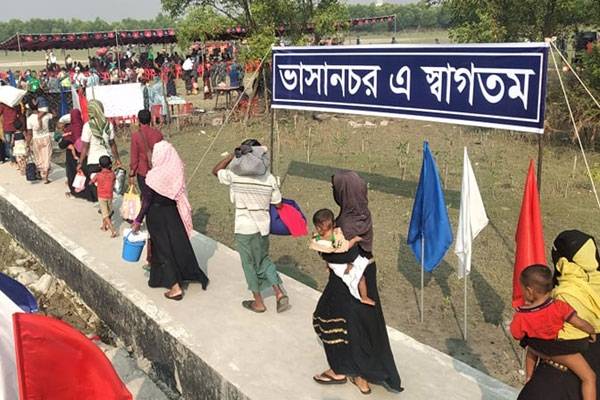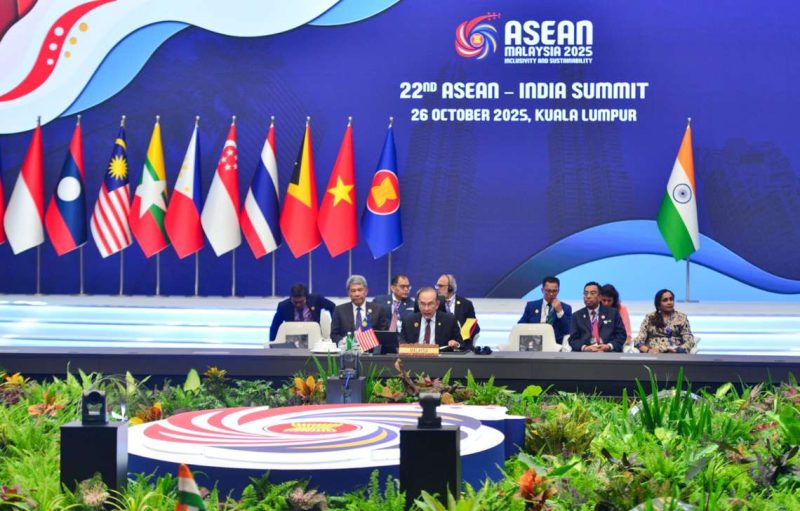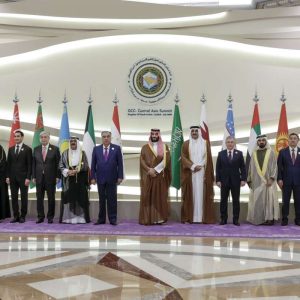The World Bank has made net commitments totalling USD 3.5 billion across seven active regional integration projects in Central Asia…reports Asian Lite News
For more than thirty years, the World Bank has consistently supported the development efforts of Central Asian countries, striving to improve living standards and promote economic growth.
According to the World Bank, embracing a forward-looking strategy, the Bank is intensifying its regional approach, promoting cross-border cooperation, dialogues, and knowledge exchange, with a particular focus on vital sectors such as energy, water, transportation, and healthcare.
Increased electricity trade among Central Asian countries could conservatively generate economic benefits of up to USD 6.4 billion between 2020 and 2030.
The World Bank has made net commitments totalling USD 3.5 billion across seven active regional integration projects in Central Asia.
Estimated costs from insufficient cooperation in the use of regional water-energy resources amount to more than USD 4.5 billion per year.
The Climate Adaptation and Mitigation Program for Aral Sea Basin (CAMP4ASB) has reached nearly 135,000 beneficiaries, creating over 27,500 jobs since 2014.
CAWEP has facilitated 23 water, energy, and environmental investments worth approximately USD 3.78 billion since 2009.
A road rehabilitation project in Kyrgyz Republic since 2010 directly benefited 1.2 million people, enhancing connectivity and economic opportunities.

The Kazakhstan – East West Roads Project significantly reduced cargo transportation time along the Western Europe – Western China road corridor from 45 days to 8-10 days.
Despite challenges in connectivity and climate vulnerability, the World Bank aims to turn regional coordination into a development opportunity.
The World Bank is working closely with Central Asian countries to strengthen connections in water and energy, trade and logistics, climate change, information technology, and healthcare.
A regional electricity market is being developed to harness economic benefits and enhance energy interconnectivity, emphasizing a diverse energy mix.
The Central Asia Water and Energy Program (CAWEP) has been instrumental in supporting regional cooperation, facilitating investments, and enhancing sector capacity.
Sustainable Land Management for Economic Growth:
Sustainable land management measures, including efficient irrigation systems, led to income increases for over 10,000 farmers in Uzbekistan and Tajikistan.
The World Bank committed USD 1.3 billion to mitigate COVID-19 impacts, supplying ventilators and supporting social protection programs.
A Central Asia One Health Framework for Action is being developed to address zoonotic diseases, antimicrobial resistance, and food safety.
The World Bank collaborates with various partners, including the Central Asia Regional Economic Cooperation (CAREC) Program, Asian Development Bank (ADB), European Union, Switzerland, United Kingdom, EBRD, IMF, USAID, UNDP, AIIB, EIB, IsDB, and others to amplify its impact.
As the World Bank marks its 30th anniversary of engagement in Central Asia, it underscores a shared vision with the countries, focusing on regional challenges and global goals. The Bank remains committed to innovative approaches and sustained collaboration, aiming for a resilient, sustainable, and prosperous future for Central Asia. (ANI)
ALSO READ: AQUA Properties Dives into the Future
ALSO READ: Adani Climbs to 15th Richest Globally


